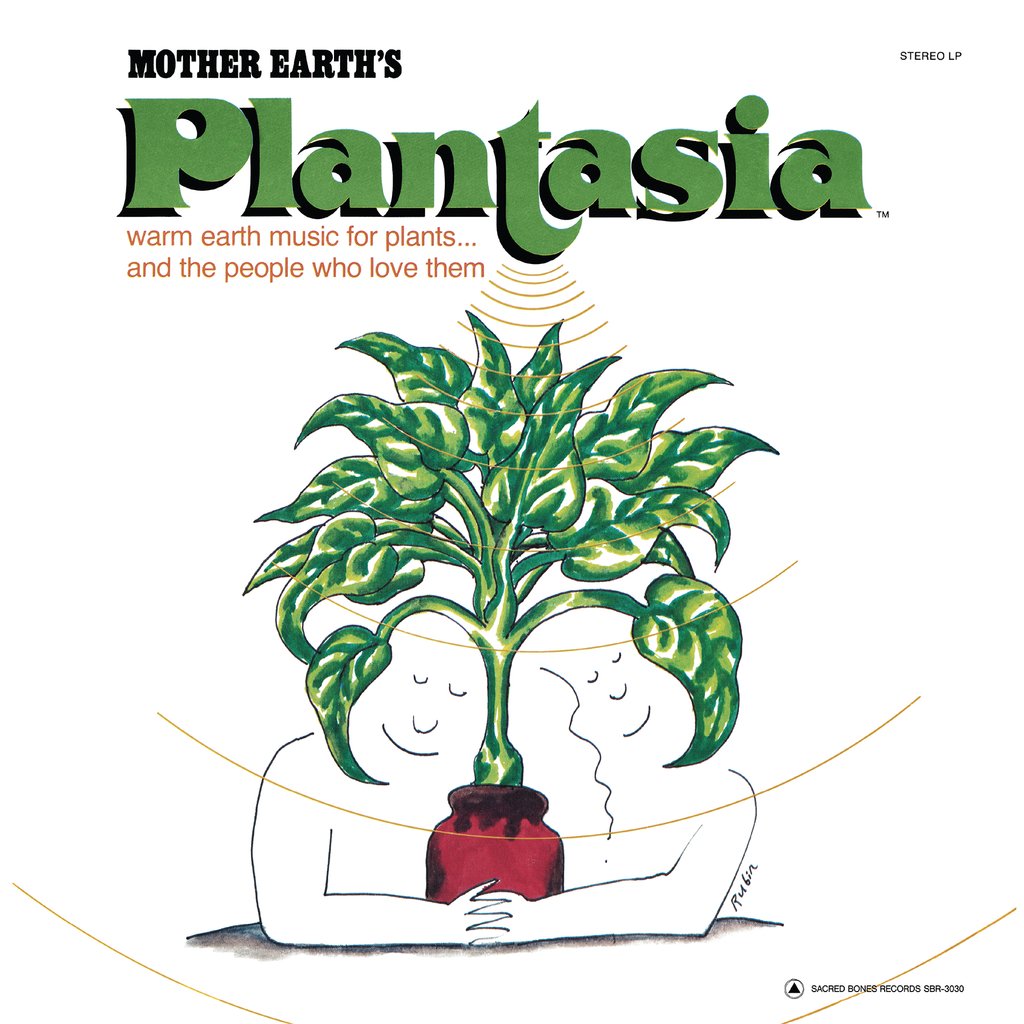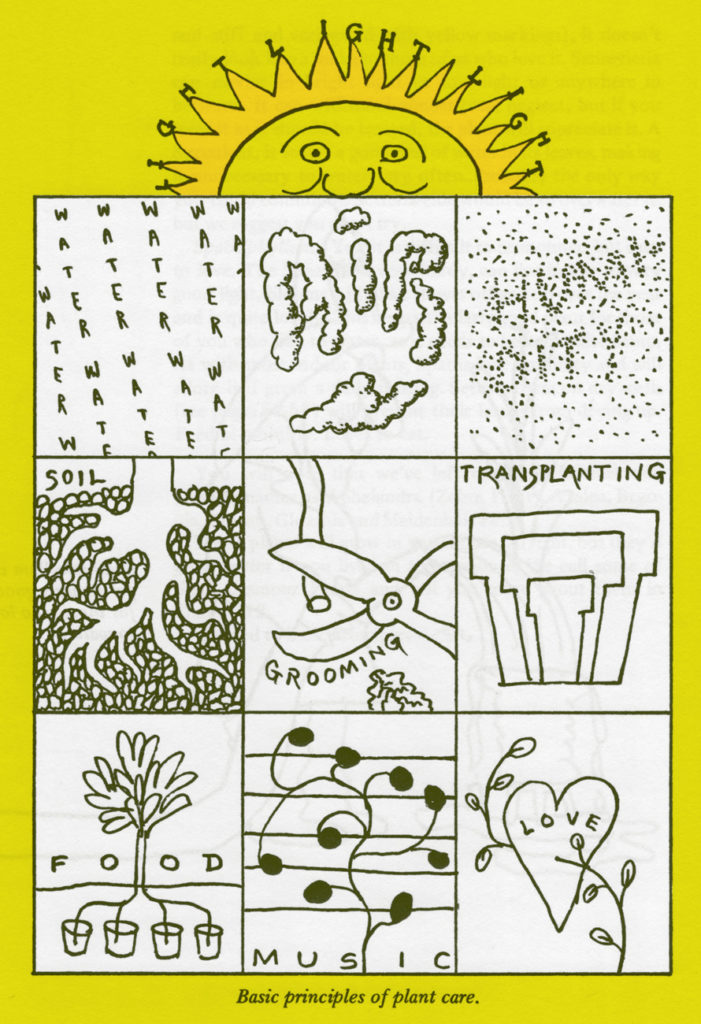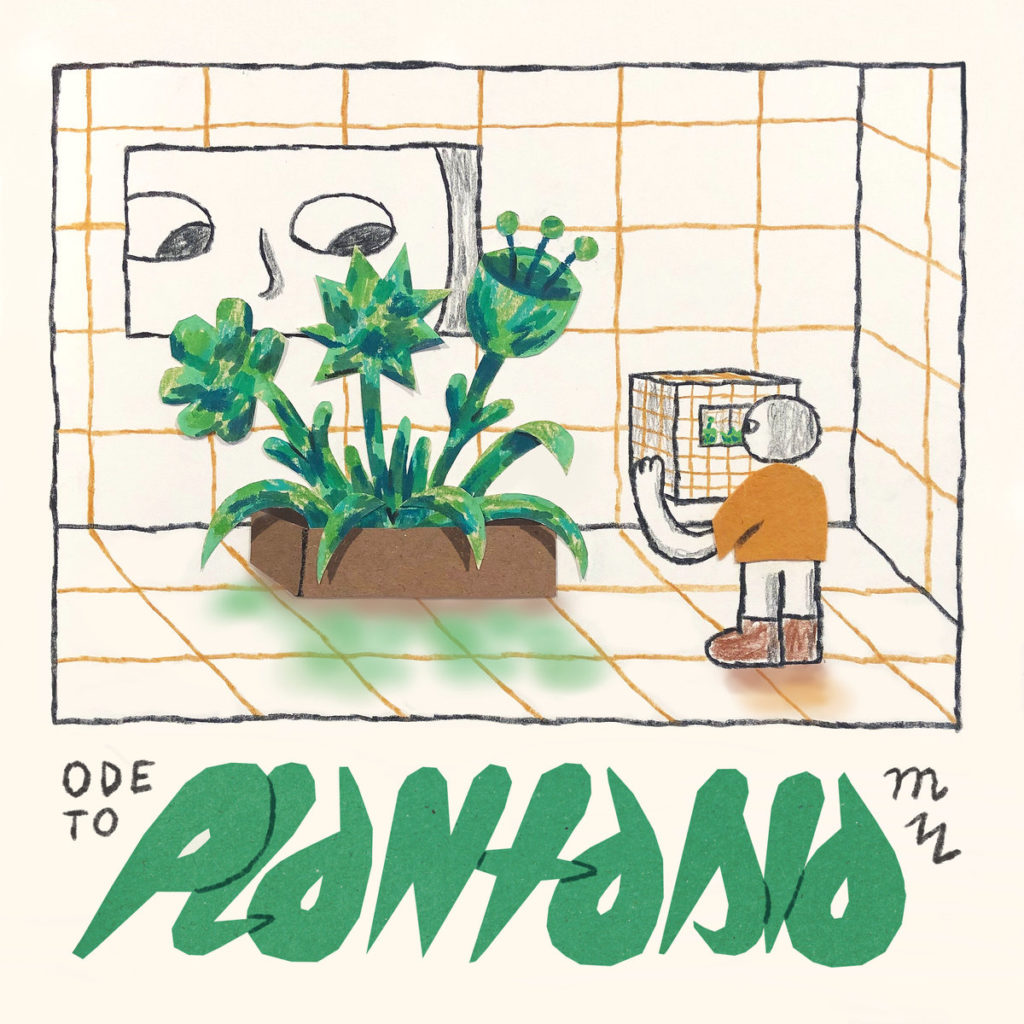
Courtesy of Sacred Bones Records
In the midst of soaking in every possible friendship interaction I was given my Freshman year of college, I recall someone, now a good friend of mine, stealing my laptop as we sketched away on the marker-littered floor of my cramped dorm room. She pulled up a video (clearly a vinyl-rip) titled “Mort Garson’s Plantasia,” raving about how much I would love it. Initially, I was confused with the mellow pace and buggy electronic sounds that played through the tracks. I remember asking her the context behind “Mother Earth’s Plantasia” and what exactly the archaic electric synth sounds were trying to convey. Simply, she told me that “this album is supposed to make plants grow.” Whether these alien-like Moog sounds can actually help with that or not, I can say that this LP surely grew onto me.
If I had to describe “Mother Earth’s Plantasia”, I would consider it to be the audio personification of the time lapse videos of plant growth you would see in an extremely-aged documentary your science teacher would pop into the VHS (or even a distant relative of Disneyland’s Tomorrowland music). With its simple melodies made entirely on Moog synthesizers, the mellow rhythms feel as if you AND the plants should be swaying along to the beat. And with the accessibility of the internet today, Plantasia is now getting more recognition than ever before.
Although many cult classics in media are often unexpected, Plantasia’s rise to fame was extremely unusual in comparison to its counterparts. In the height of psychedelics and a profound enthusiasm for nature, Mort Garson released the project in 1976 as an extra goodie for purchases, additionally containing “Mother Earth’s Hassle-Free Indoor Plant Book.” The distribution of Plantasia was very limited, only being available with a purchase of a houseplant at the humble “Mother Earth” plant shop (formally on Melrose Avenue), or by purchasing a Simmons mattress at a Sears outlet. Both of these polarizing and extremely odd distribution options did not lead to its iconic cult following, rather an upload of the LP on Youtube around 40 years later.

Marvin Rubin’s illustration included in “Mother Earth’s Hassle-free Indoor Plant Book”
While minimal copies of Plantasia were previously traded around the DJ community, attention from the masses did not appear until its informal Youtube debut years later. Mother Earth’s Plantasia can be found on the site as early as 2015, and due to the spread of reposts and the site’s algorithm, Plantasia gained more traction online, growing a dedicated fanbase who treasures its whimsical, early-electronic sounds.
As a result of long nights of animating my Sophomore year, I revisited Plantasia as something to keep my sanity through the late hours. One of its many Youtube uploads became a go-to for when I needed some easy, late-night music to pass the time. While my love of Plantasia grew stronger throughout 2018 (and my desire to own a physical), I was devastated to find a lone LP on Ebay selling for over $700. While hopes for owning it in some shape or form seemed grim, in Spring 2019 myself and other Plantasia fans were met with an unexpected surprise as Sacred Bones Records announced a re-release of the LP on vinyl and CD for June 21st, with the addition of an official upload onto Youtube and Spotify.
While Mother Earth’s Plantasia has “grown” a cult-like following, I was truly surprised that someone of authority noticed. While popularity of Plantasia has increased, the “cult” felt more like a small, but dedicated community rather than a mass of people screaming at the rooftops for someone to answer their call of a re-release. Seeing a project like Plantasia, an LP with a fairly small audience that could easily go unnoticed, come to fruition through proper streaming accessibility and widespread release just goes to show the power that social media (for Plantasia, Youtube specifically) and online communities now have in the music industry. These platforms allow the voices of the fans to be heard (no matter the size of the fanbase), as well as allow artists such as Mort Garson, who has since passed away since 2008, to have an ounce of recognition for his pioneering of early electronic music in the West, and the creation of an LP that was never intended to be anything grand or talked about. Having an impact on the hearts of the people, and maybe some houseplants along the way, musicians such as Mild Monk, who released a single titled “Ode to Plantasia,” have embraced the album’s impact, implementing its aesthetics within their own content.

“Ode to Plantasia” by Mild Monk
The unusual LP that once only laid in the hands of houseplant or discounted mattress purchasers now is available for the plant-loving masses on Amazon and at Amoeba Music, Urban Outfitters, and a plethora of other record shops.
As someone who now happily owns a copy of this whimsical piece of work, I highly suggest those who have yet to hear it to give it a listen. Sit back, relax, and grab your nearest houseplant as you’re taken on a botanical adventure.
Written By: Alexa Terry
Header image courtesy of Sacred Bones Records
